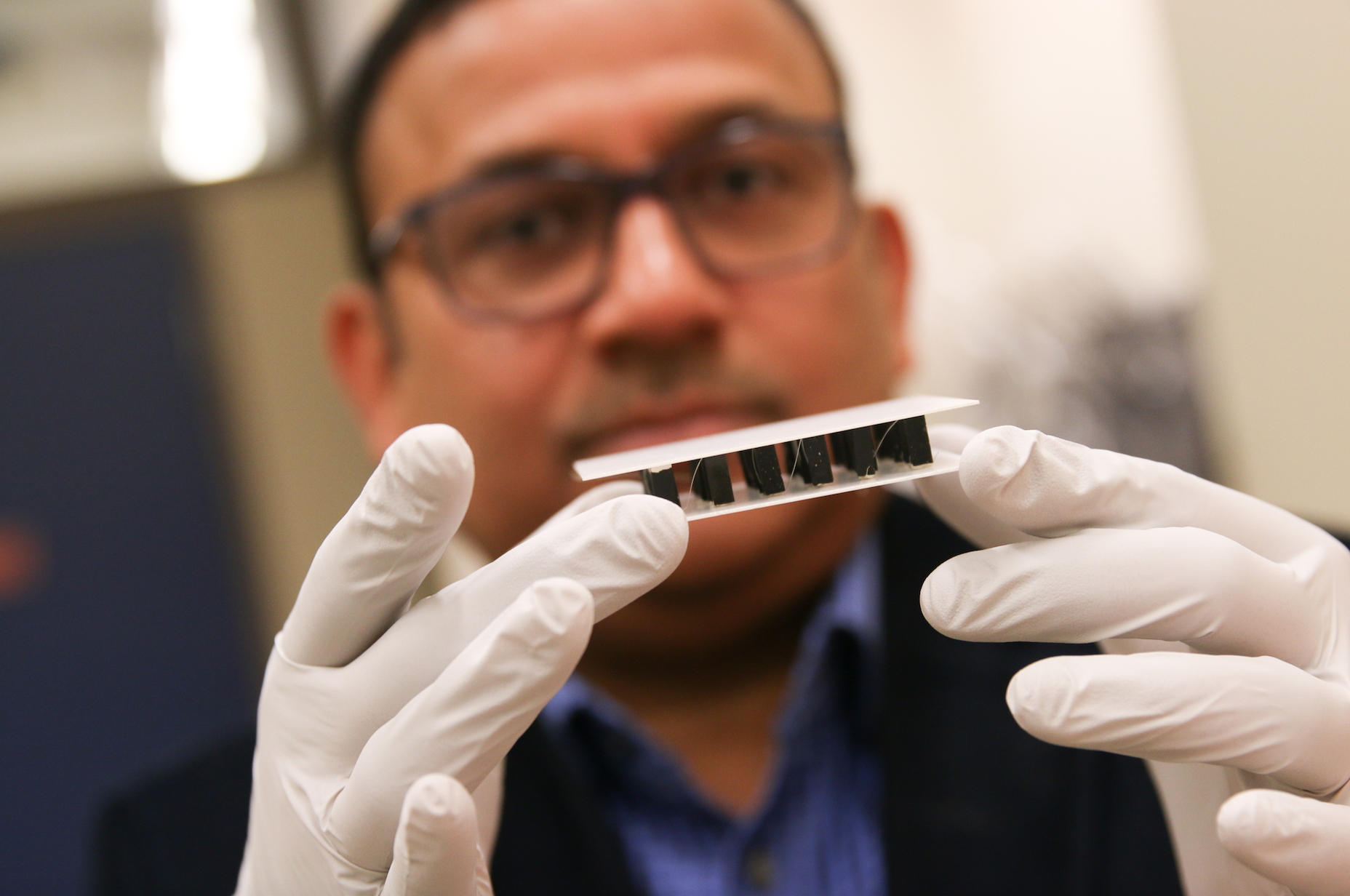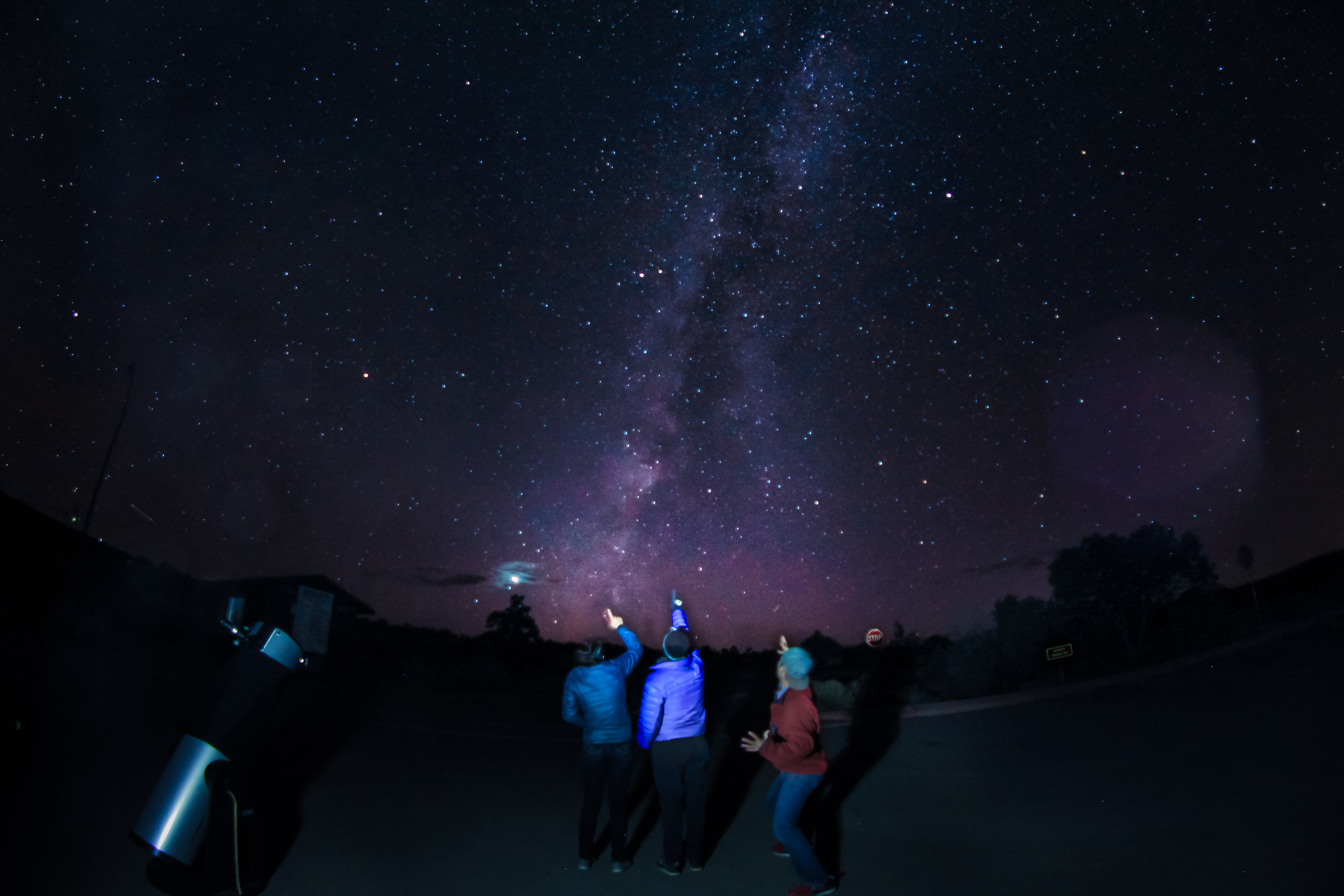In summer 2010, Los Angeles was losing about 100 gallons of water per person per day to the atmosphere through the evaporation and plant uptake of lawns and trees. Lawns accounted for 70 percent of the water loss, while trees accounted for 30 percent, according to a University of Utah study published in Water Resources […]
Sustainability
LA lawns lose lots of water: 70B gallons a year
Weather patterns’ influence on frost timing
Gardeners know the frustration of a false spring. Coaxed outside by warm weather, some people plant their gardens in the spring only to see a sudden late frost strike at the plants with a killer freezer burn. Grumbling green thumbs, along with farmers and water supply managers, would benefit from more accurate predictions of the […]
Mystery of the missing mercury at the Great Salt Lake
Around 2010, the deep waters of Utah’s Great Salt Lake contained high levels of toxic methylmercury. Mercury measurements in waterfowl surrounding the lake led to a rare human consumption advisory for ducks. But by 2015, 90 percent of the deep mercury was gone. The disappearance of the mercury was not due to aggressive environmental policies […]
Lust for power
Thanks to the discovery of a new material by University of Utah engineers, jewelry such as a ring and your body heat could generate enough electricity to power a body sensor, or a cooking pan could charge a cellphone in just a few hours. The team, led by University of Utah materials science and engineering […]
How seawater strengthens ancient Roman concrete
Around A.D. 79, Roman author Pliny the Elder wrote in his Naturalis Historia that concrete structures in harbors, exposed to the constant assault of the saltwater waves, become “a single stone mass, impregnable to the waves and every day stronger.” He wasn’t exaggerating. While modern marine concrete structures crumble within decades, 2,000-year-old Roman piers and […]
Stabilizing energy storage
Because the sun doesn’t always shine, solar utilities need a way to store extra charge for a rainy day. The same goes for wind power facilities, since the wind doesn’t always blow. To take full advantage of renewable energy, electrical grids need large batteries that can store the power coming from wind and solar installations […]
Consortium for Dark Sky Studies
The University of Utah has awarded formal recognition to the Consortium for Dark Sky Studies (CDSS), the first academic center in the world dedicated to discovering, developing, communicating and applying knowledge pertaining to the quality of the night skies. The CDSS is an interdisciplinary, multi-institutional research group based in the College of Architecture and Planning […]
Flipping the switch on ammonia production
Nearly a century ago, German chemist Fritz Haber won the Nobel Prize in Chemistry for a process to generate ammonia from hydrogen and nitrogen gases. The process, still in use today, ushered in a revolution in agriculture, but now consumes around one percent of the world’s energy to achieve the high pressures and temperatures that […]
Rocky Mountain haze
Jan. 6, 2017— Many people head to the mountains in the summer to get above the haze of the cities and valleys. A new study finds that the haze could be catching up. University of Utah atmospheric scientist Gannet Hallar and colleagues find a correlation between the severity of drought in the Intermountain West and […]
Students present research at National Diversity Conference
Two students, Luis Vidal from the University of Utah and Joydino Beyale from Utah State University Eastern, recently presented their water research at the Society for the Advancement of Chicanos/Hispanics and Native Americans in Science, or SACNAS, National Conference for Diversity in STEM in Long Beach, California, on Oct. 13-15, 2016. Their research was conducted […]









